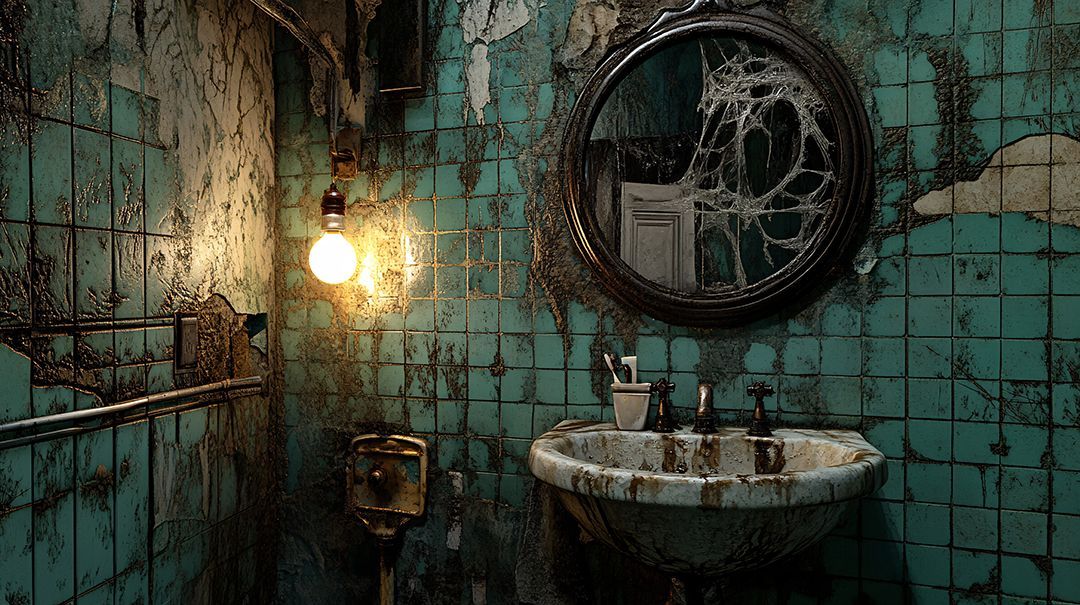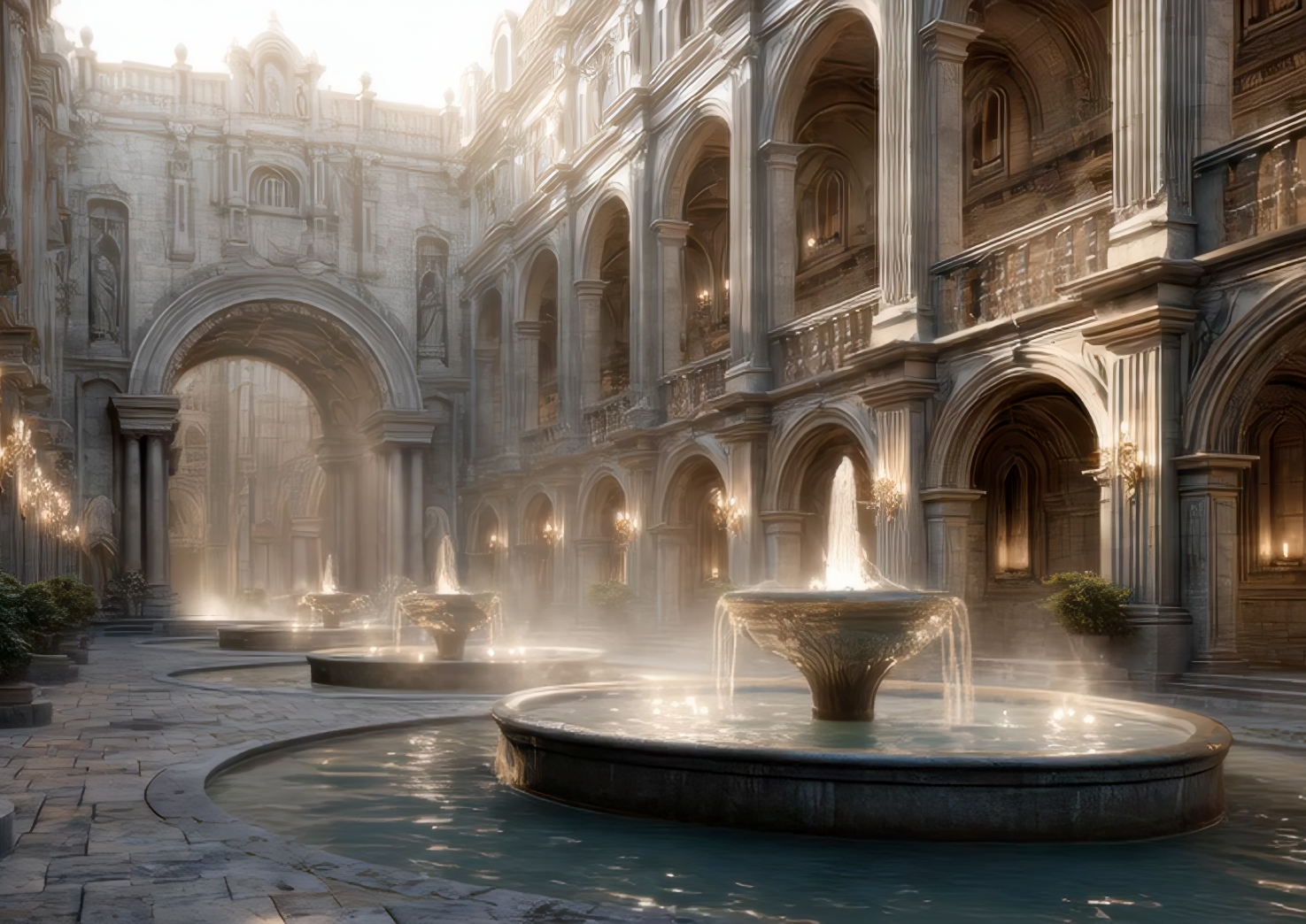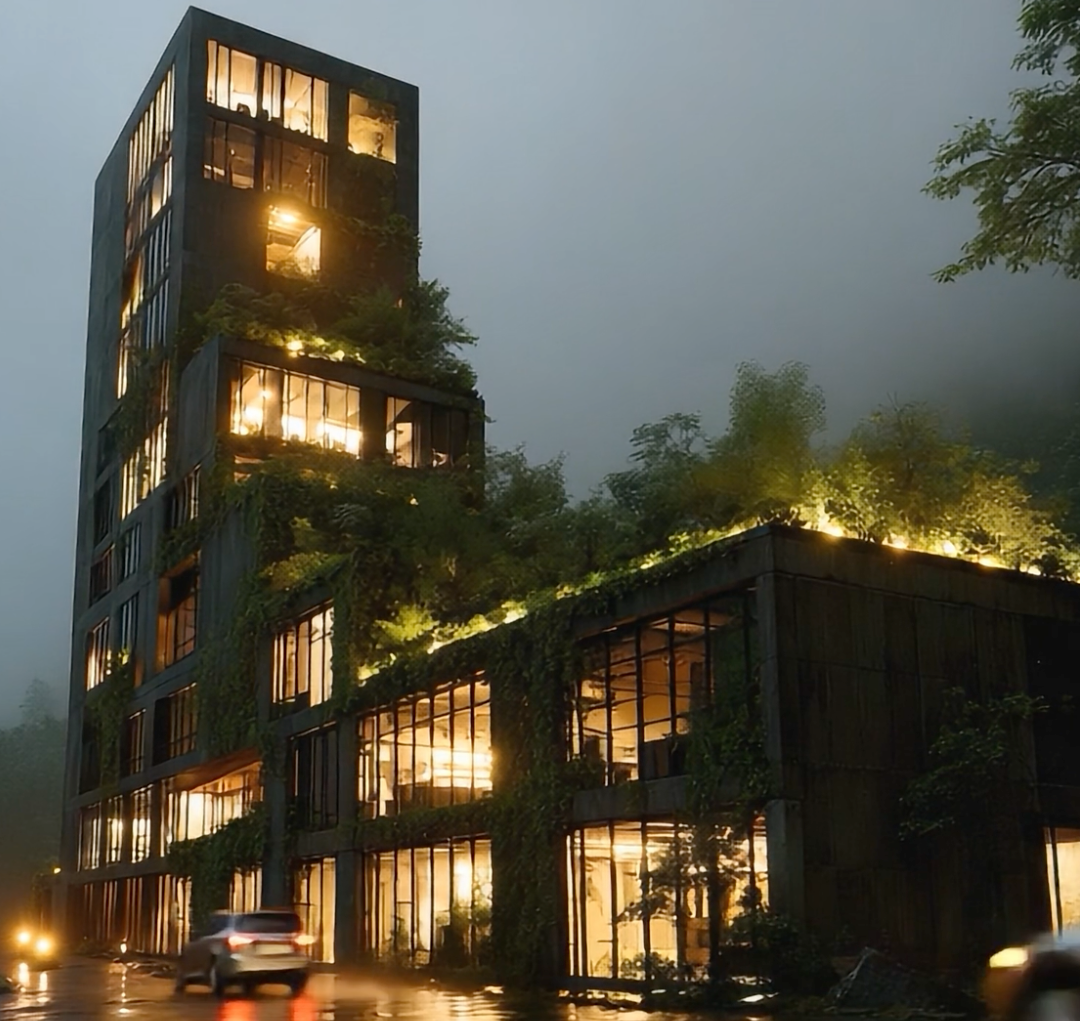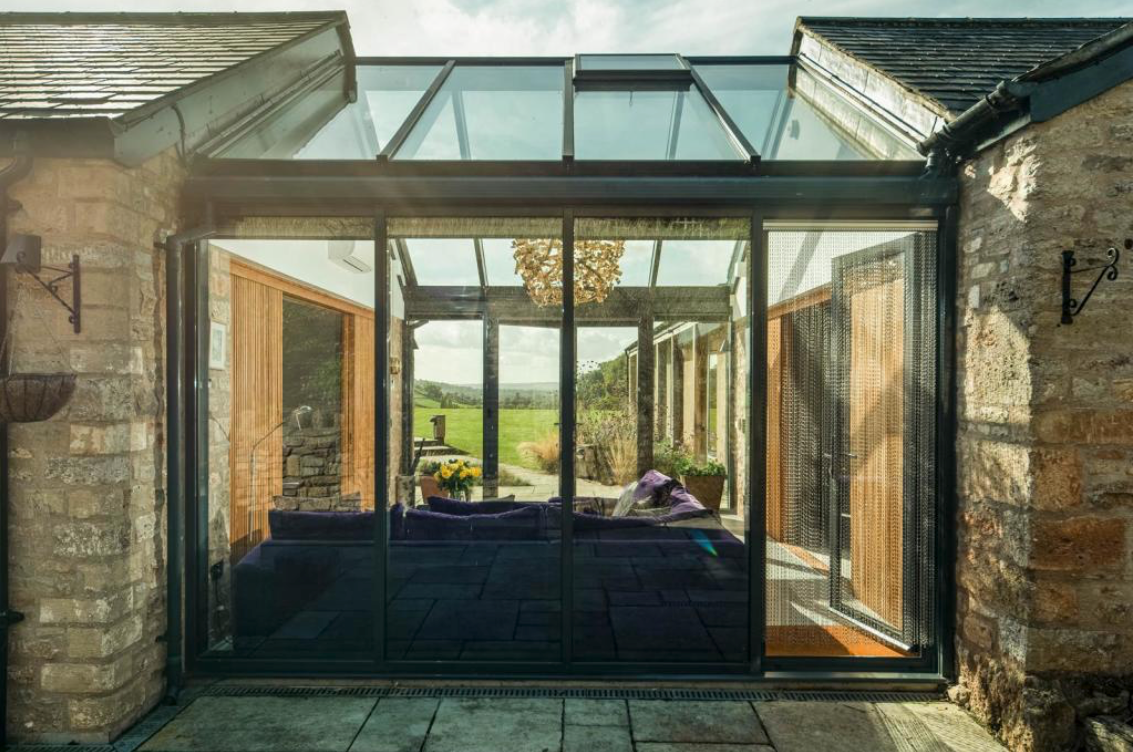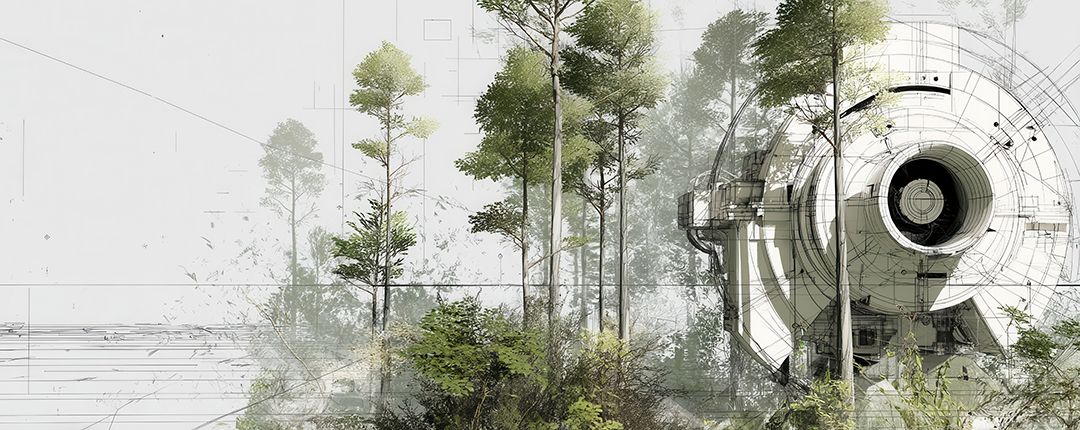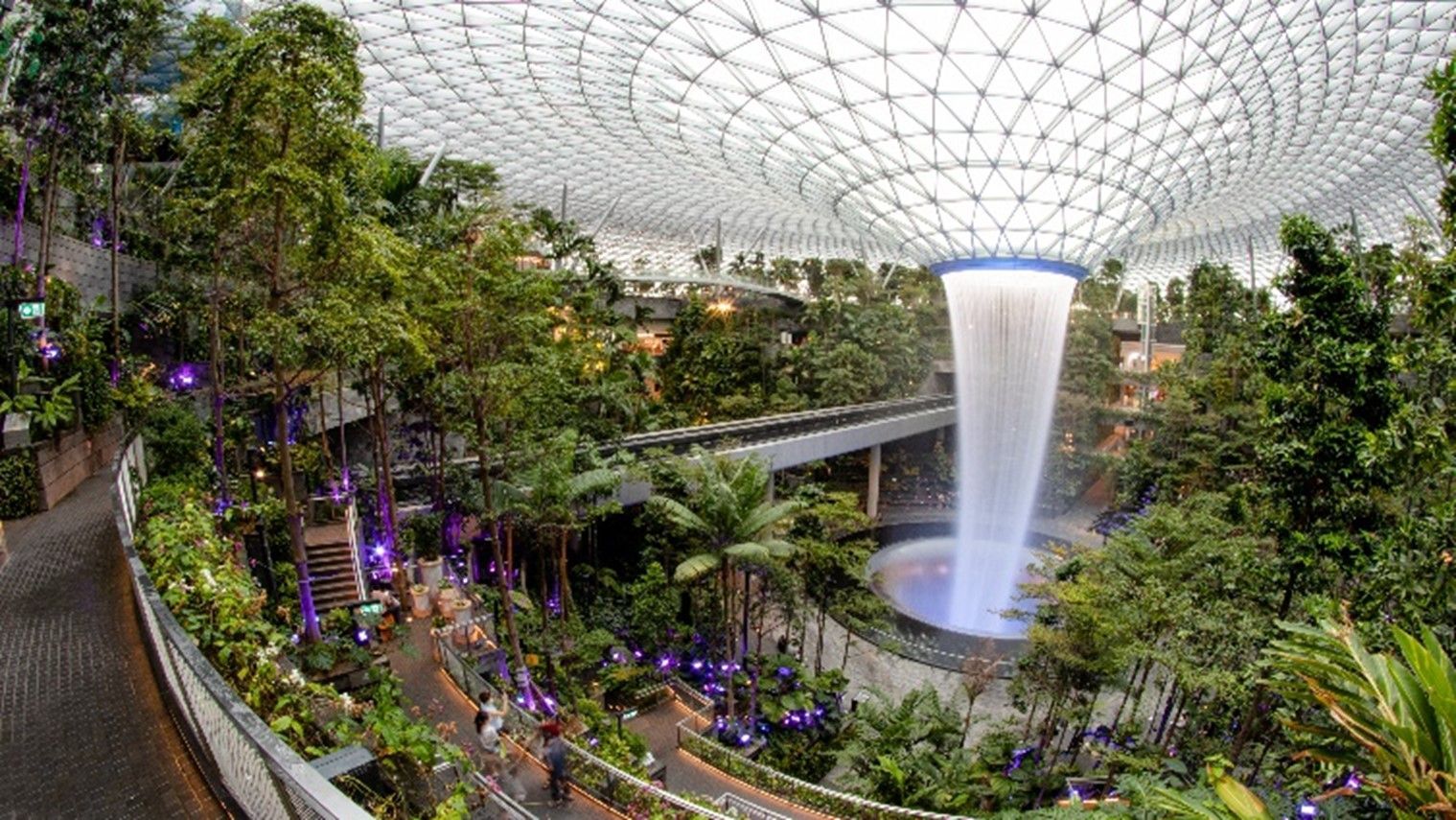Why Larch is the Perfect Choice for your Sustainable Home (or Holiday Lodge)
We’re thrilled to announce that our new Blueberry Lodge is officially underway on-site. Set within a small holding in the Mid Devon countryside we continue to push boundaries in environmentally responsible design.
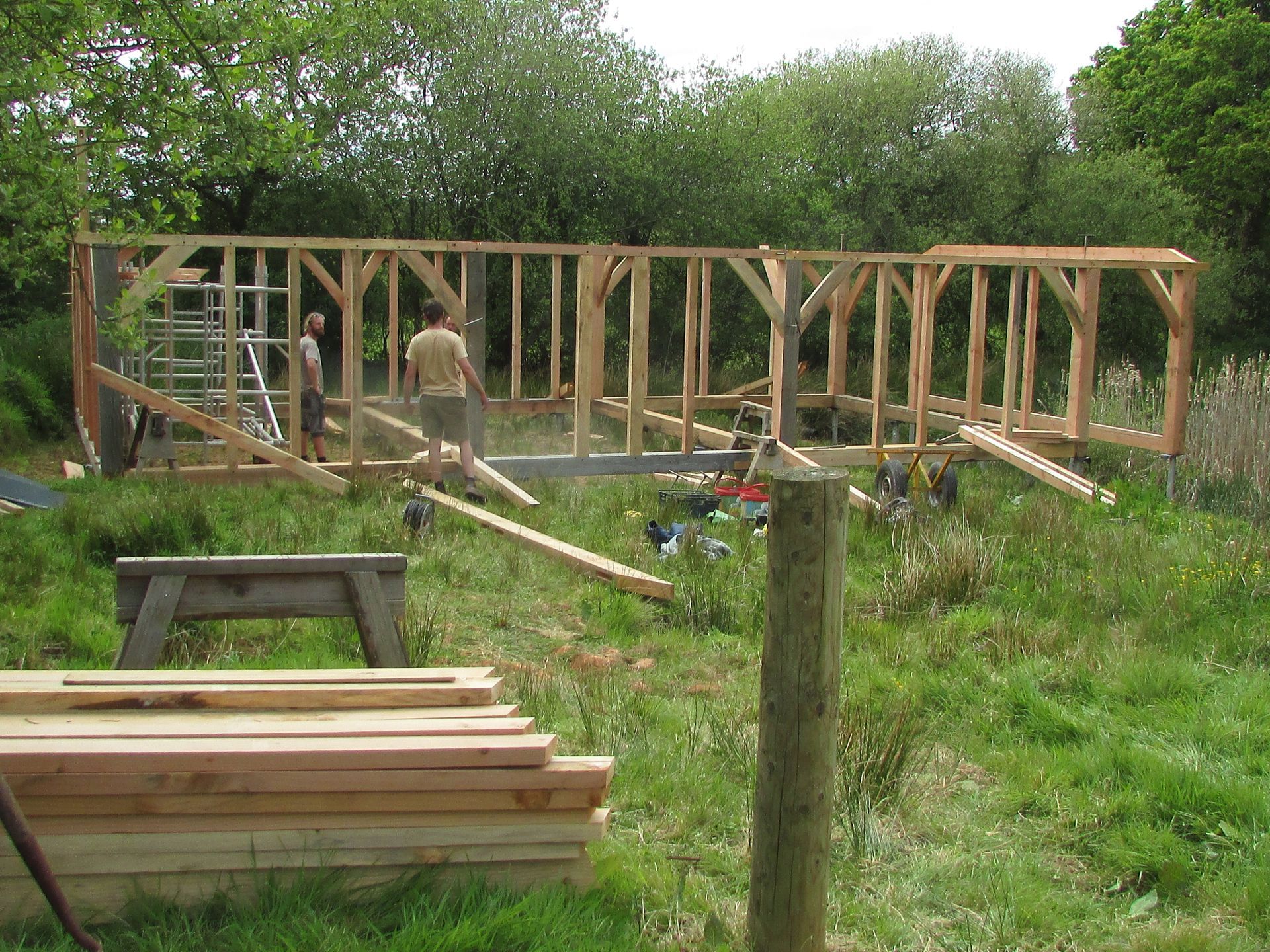
One key decision stands out: choosing larch as the primary material for the frame.
When it comes to creating a dwelling that is both durable and beautiful, few materials are as well-suited as larch. Here's why:
1. Naturally Durable and Long-Lasting
Larch is renowned for its natural durability. Thanks to its high resin content, it’s exceptionally resistant to decay, rot, and insect attack without the need for chemical treatments. In a setting where a lodge must weather the elements year-round, using a material that stands strong with minimal maintenance is critical — and larch delivers.
2. Locally Sourced, Low Carbon Footprint
Wherever possible, our larch has been locally sourced, significantly reducing transportation emissions compared to imported timbers. Timber as a construction material already carries a lower embodied carbon footprint than steel or concrete, but using larch elevates the environmental credentials even further by supporting regional forestry and responsible land management practices.
3. Carbon Storage and Positive Climate Impact
Timber construction is a cornerstone of sustainable building because it actively stores carbon. Every cubic metre of larch used locks away approximately 0.9 tonnes of CO₂ that the tree absorbed during its lifetime. By building with larch, we’re not just reducing emissions; we’re actually helping sequester carbon, turning the frame of the lodge into a long-term environmental asset.
4. Structural Strength with a Refined Appearance
Larch is among the strongest softwoods, making it ideal for structural frames where integrity and load-bearing capacity are critical. Despite its toughness, it brings a beautiful, fine grain and warm hue, allowing the frame to be left exposed internally if desired — blending aesthetic appeal with engineering performance.
5. Naturally Weathering for Low Maintenance Beauty
Over time, larch weathers to a distinguished silver-grey patina, giving the building a timeless, organic appearance that harmonises with the landscape. Because it naturally resists the elements, it doesn’t require intensive upkeep — another major plus for a private of commercial dwelling where low intervention is a priority.
6. A Renewable, Regenerative Choice
Unlike finite construction resources, sustainably harvested larch forests can regenerate and replenish, ensuring a continuous, renewable supply of material. Forestry stewardship programmes ensure that harvesting today’s trees helps make space for tomorrow’s forests — an essential cycle in the fight against climate change.
Choosing larch for the primary frame was about more than performance — it was about aligning every material decision with our commitment to sustainability, beauty, and future-proofed construction. Durable, local, low-carbon, and naturally elegant, larch embodies the spirit of responsible architecture.
We can’t wait to share more as the project rises from the ground, supported — quite literally — by this remarkable timber.
*************************************************************
Passionate about doing something for climate change.....but still wonder how it all fits together???
"Greenprint: Building Tomorrow's World Today"
Then this is a must read. Connect with your copy here 🐾
#SustainableLiving #TimberConstruction #EcoLodge #MarkMuirArchitect
